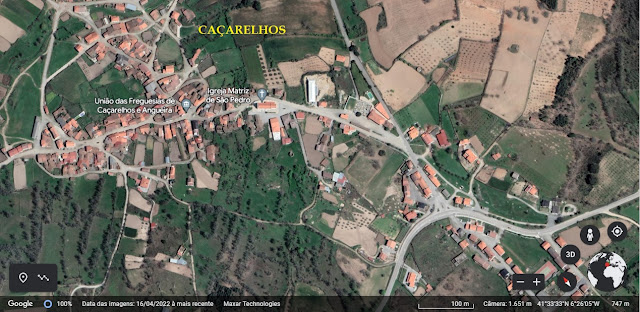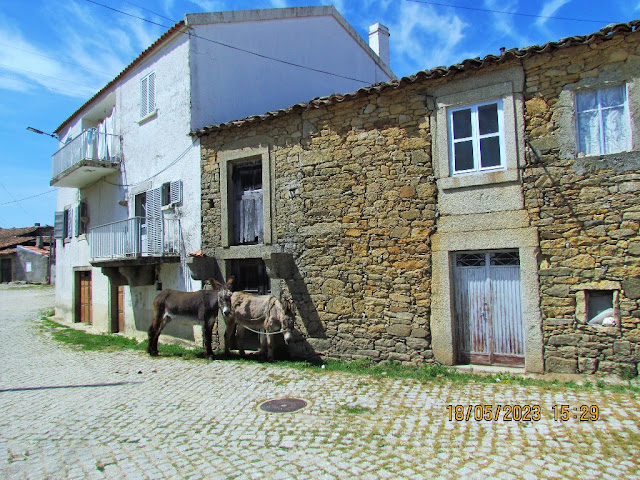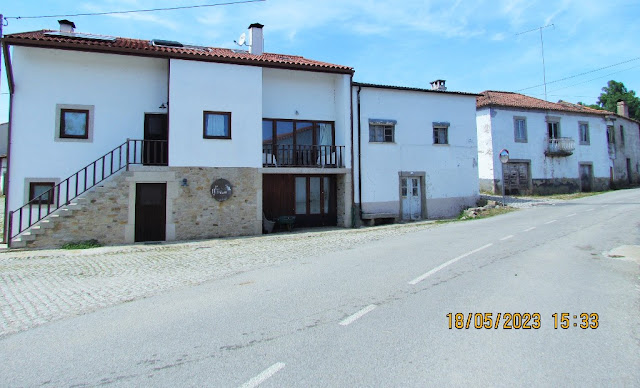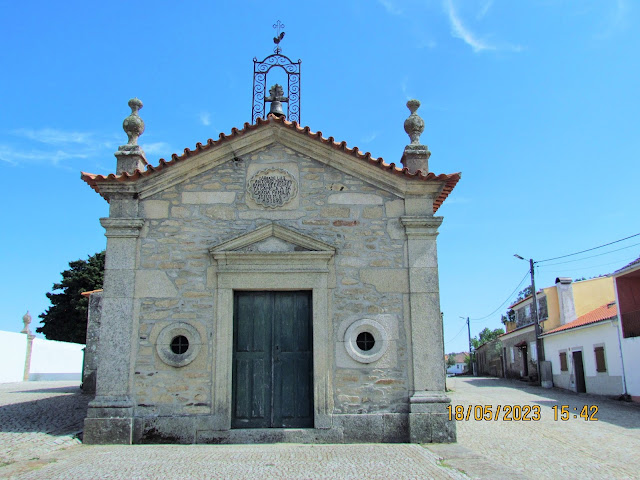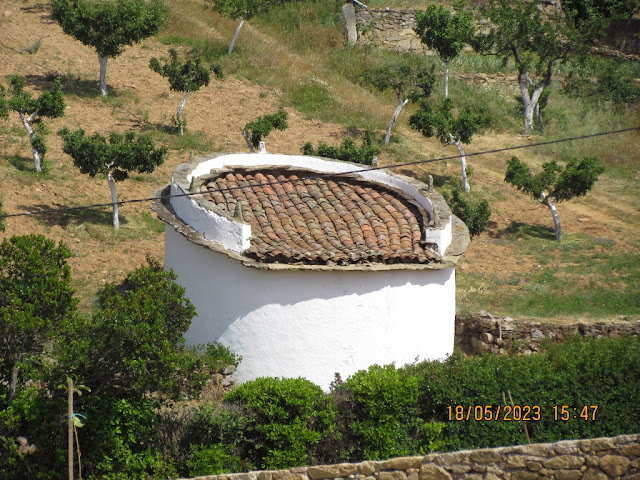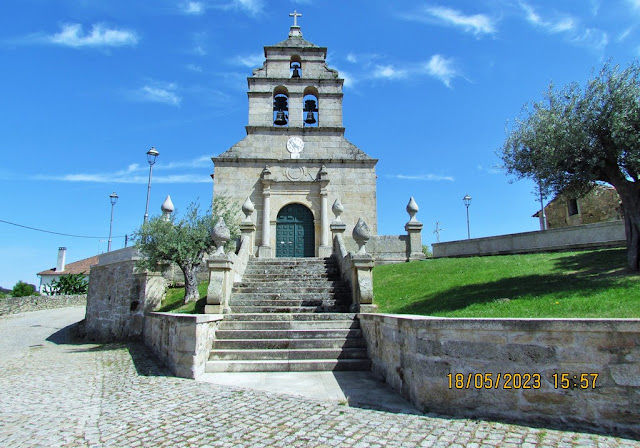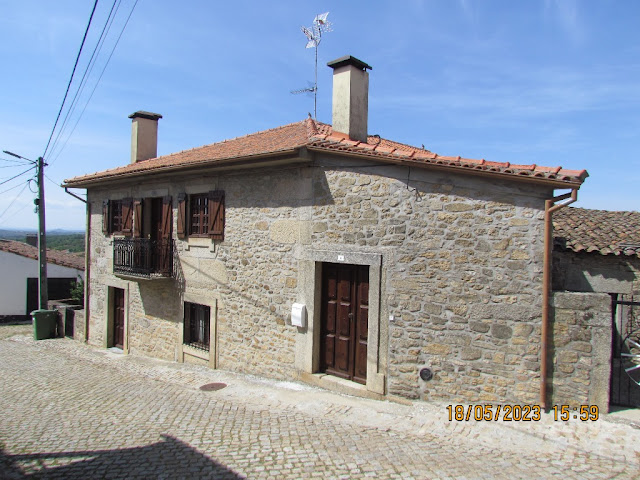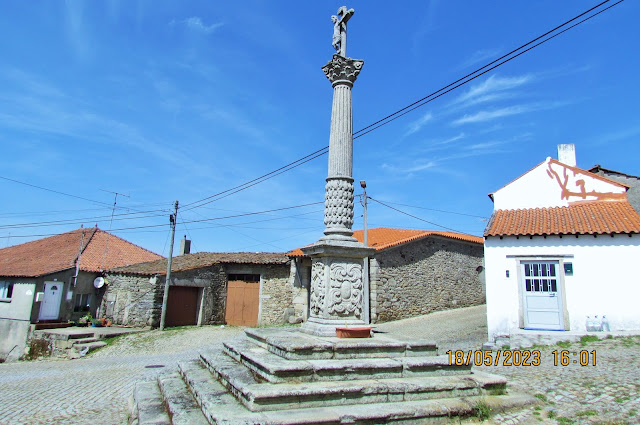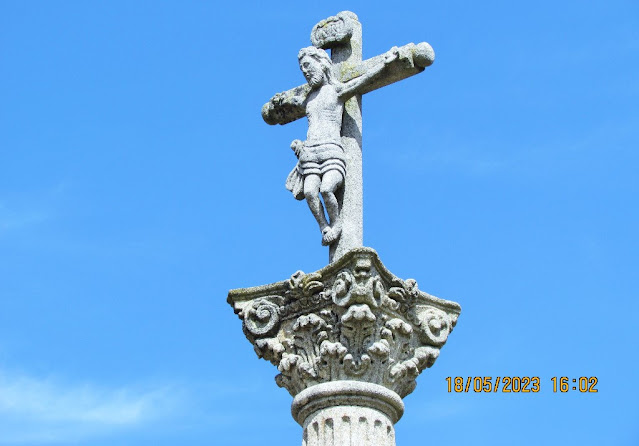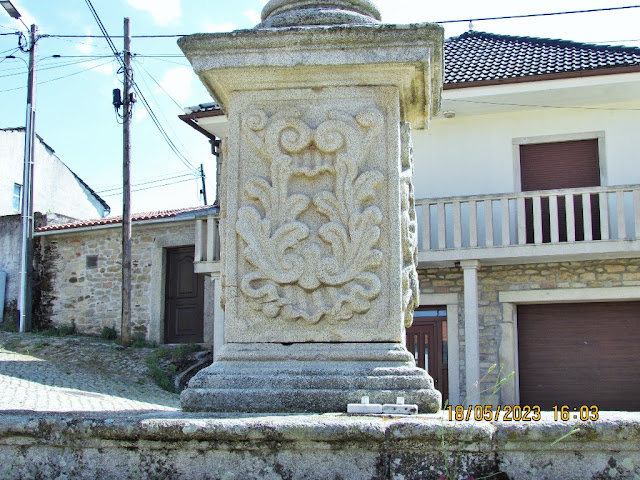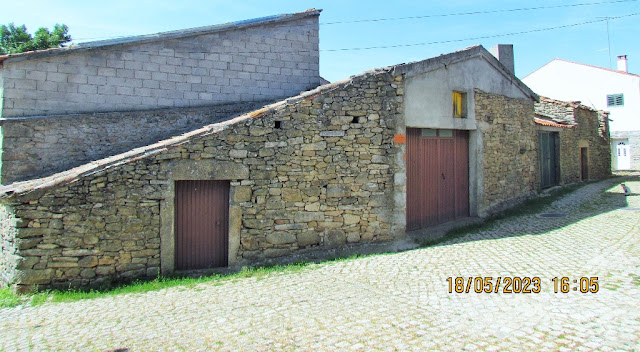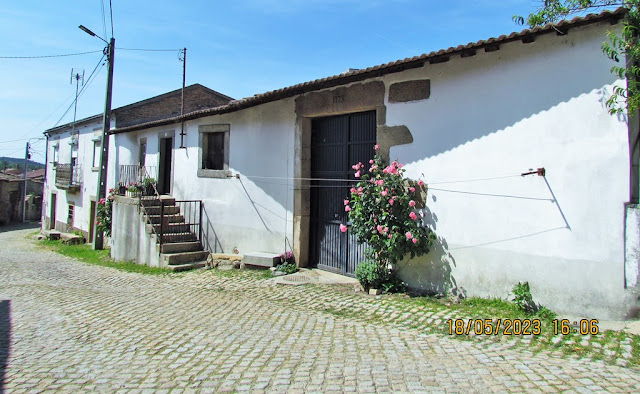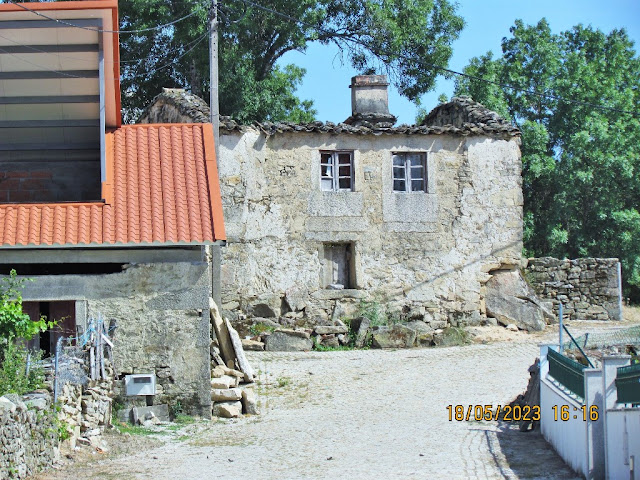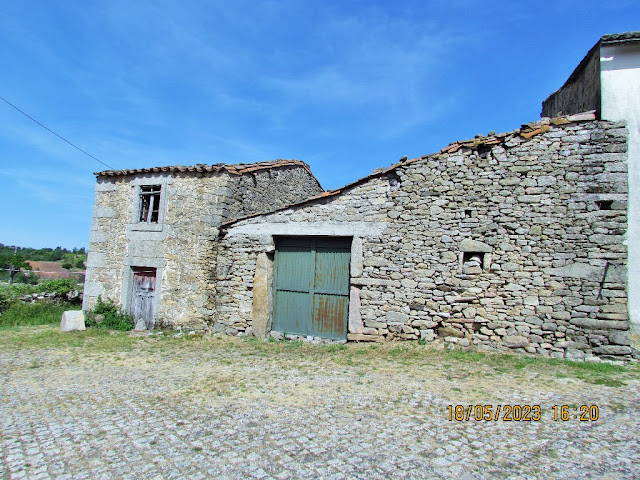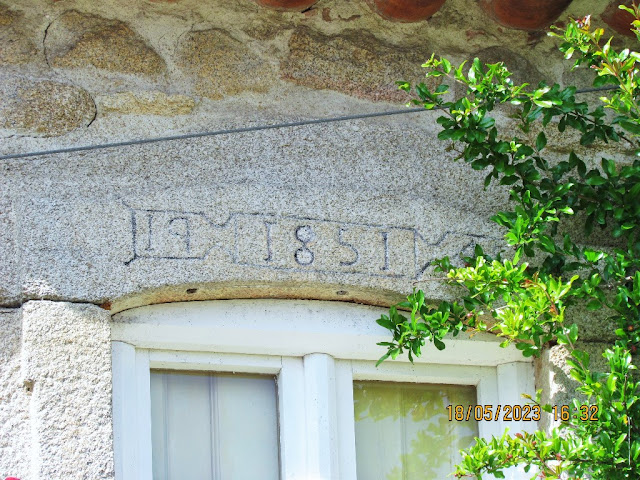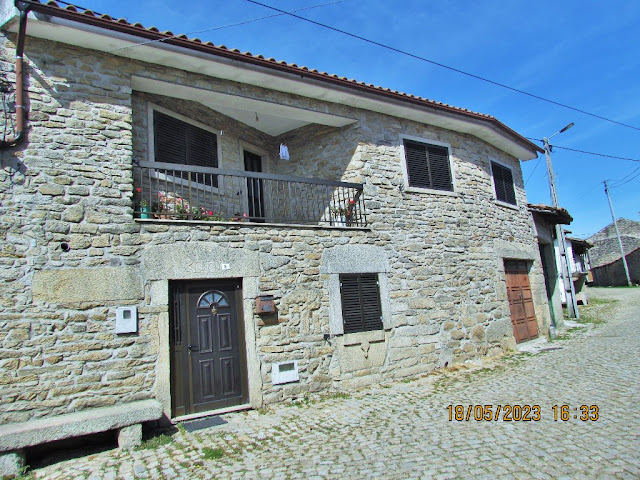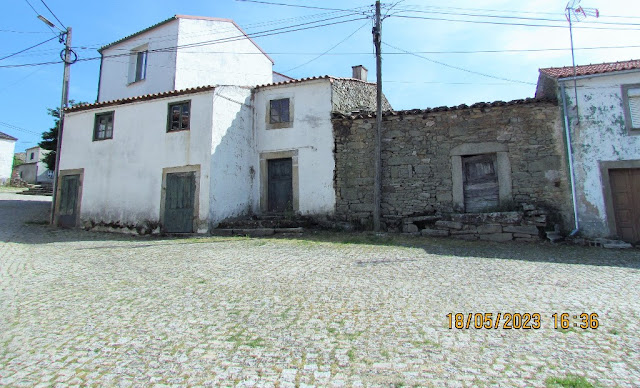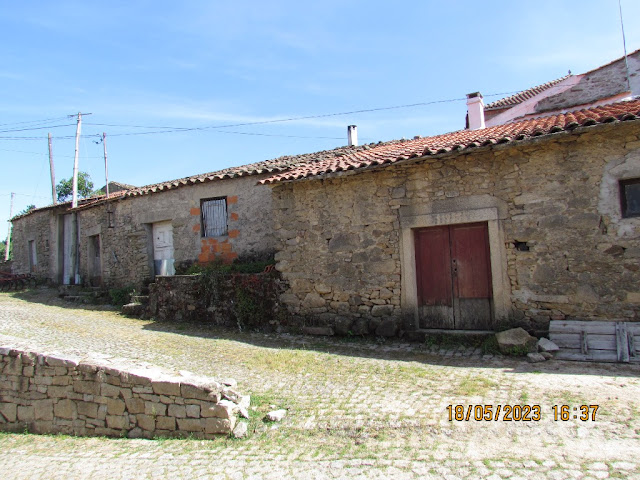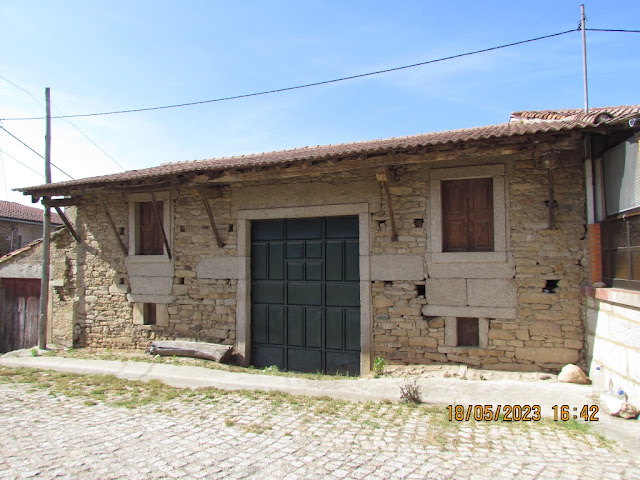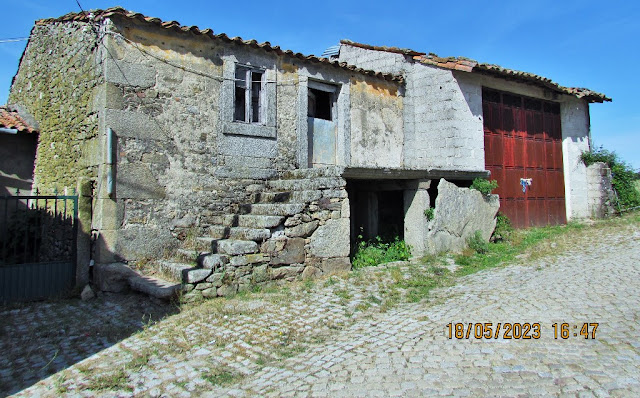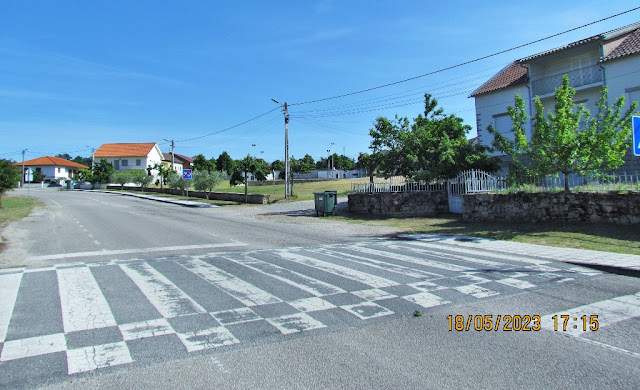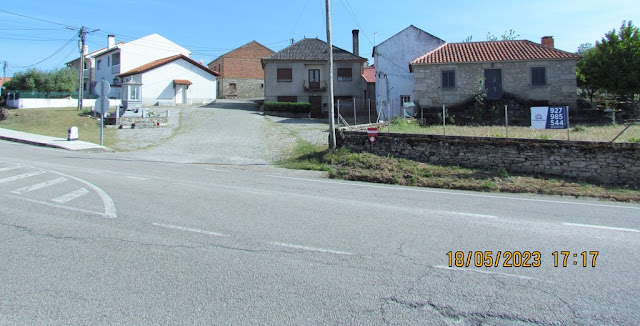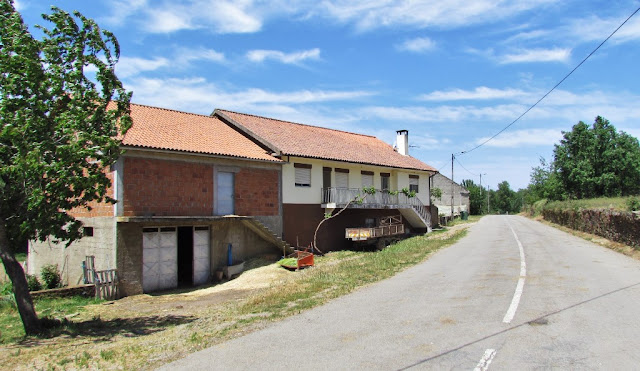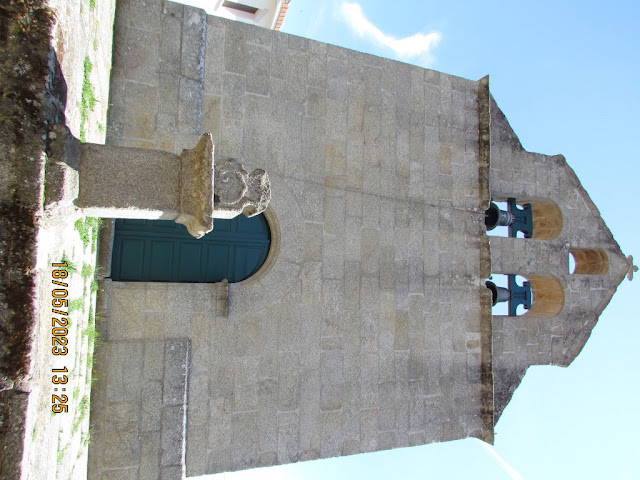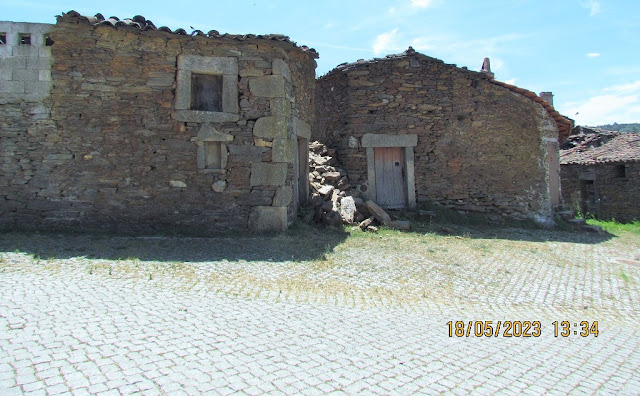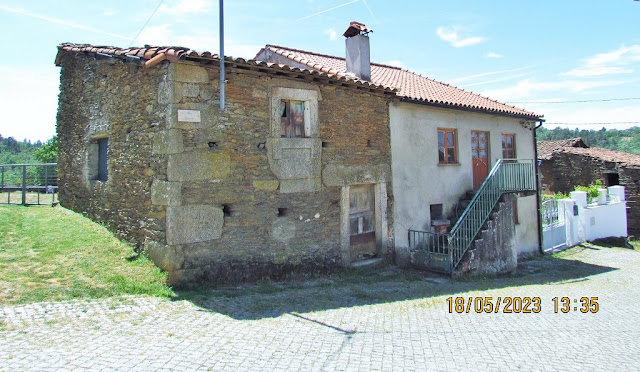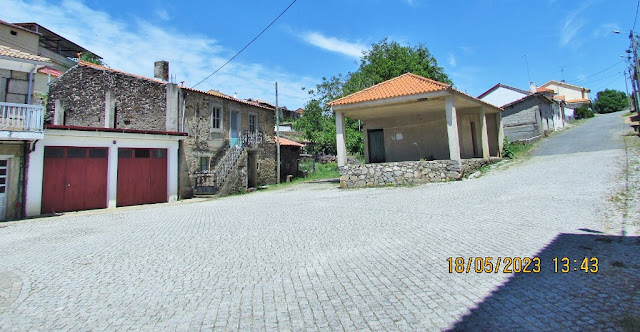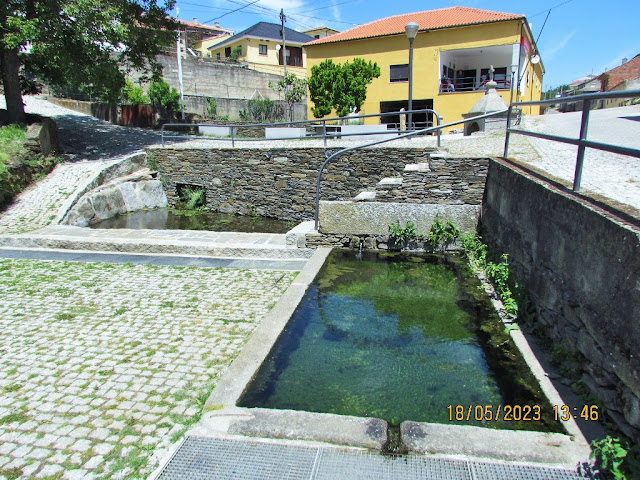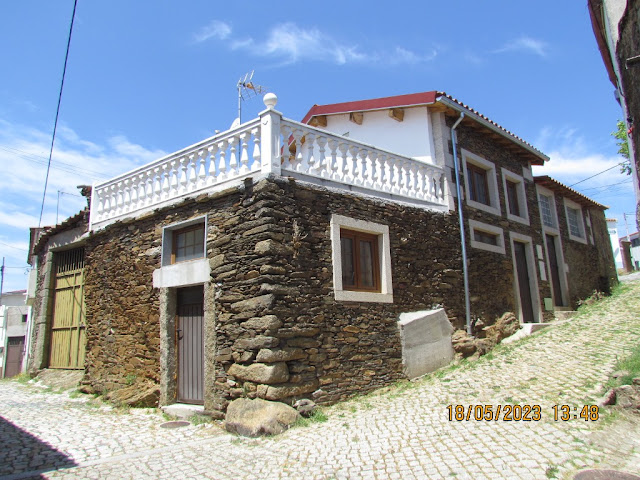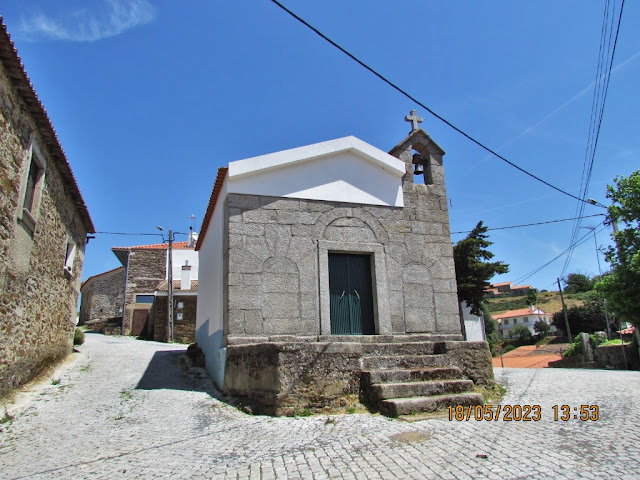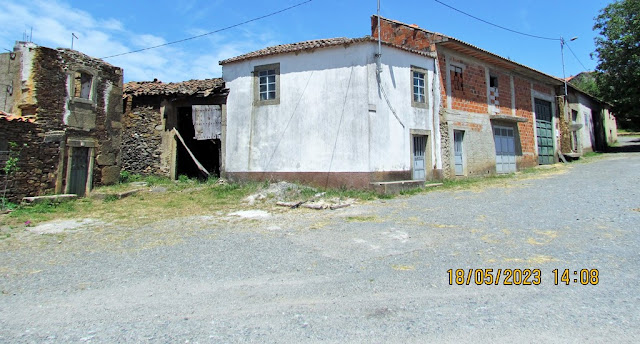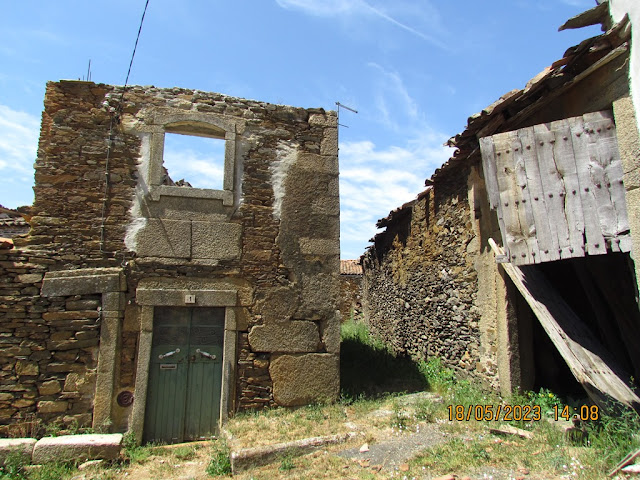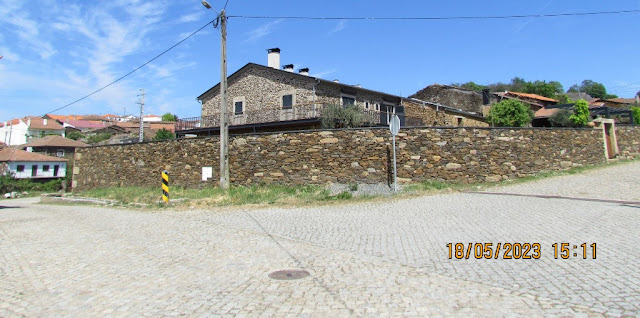CAÇARELHOS
N 41.56028º; W 6.43283
Caçarelhos was a Portuguese parish in the municipality of Vimioso, with an area of 30.98 km² and 219 inhabitants (2011). Its population density was 7.1 inhabitants/km².
Until the mid-nineteenth century, it belonged to the municipality of Miranda do Douro.
The parish was extinguished and its territory was integrated into the parish of Caçarelhos and Angueira.
Description
A village that lives off agriculture and livestock, granite exploration and small trade, with unique monuments such as its Cruzeiro in granite, located in the middle of the village, as well as its typical Trás-os-Montes houses built essentially in granite and schist. In this beautiful village, in addition to a Rural Tourism house, there is also a picnic area, and a recently inaugurated multi-sports pavilion, both located right at the entrance of the village, there is also a supermarket and 2 coffee shops.
Until recently, Mirandese was spoken in Caçarelhos, today considered practically extinct in the village.
Since the beginning of the 20th century, Caçarelhos has suffered a great population depression due to emigration, mainly to Brazil (especially São Paulo), Spain (Seville) and France.
Fairs
Fair: 19th of each month
Bread Fair: every year, on Palm Sunday
Festivities and pilgrimages
Feast of San Sebastian (January)
Feast of Our Lady of the Assumption (August 15);
Festivities in honor of Santa Luzia (September);
Feast of Santa Barbara (December)
Patrimony
Parish Church of Caçarelhos, churchyard and access staircase
Cruise in carved granite with architectural value
The Cabanais, built in granite
Chapel of Santo Cristo or Chapel of Saint Bartholomew
Chapel of Santa Luzia, about 2 km from the parish
Chapel of S.José or Sagrada Familia
💓💓💓💓💓
ANGUEIRA
N 41.61429º; W 6.40961º
Angueira is a former civil parish in the municipality (concelho) of Vimioso, continental Portugal. In 2013, the parish merged into the new parish Caçarelhos e Angueira. The population in 2011 was 116, in an area of 22.18 km². It is situated near the northwest corner of the district of Bragança.
History
Until 1853, Angueira was part of the extinct municipality of Outeiro.
This early history is marked by a community of several chapels, the one to São Miguel, as legend suggests, was founded by a former general, who turned hermit (and was later buried at the door of the temple).
Geography
Angueira is located near the Portuguese frontier with Spain, in the northwest corner of the municipality of Vimioso, bordered in the north by the parishes of Avelanoso, west by Vale de Frades, south by Caçarelhos, and east by the municipality of Miranda do Douro. The parish is connected with its neighbors by main roads that intersect in the village, and link it to São Joanico, Caçarelhos, Avelanoso and Spain, by the asphalted Três Marras roadway.[4][5] Crossed by the river of the same name, the main settlement of Angueira is located in the center of this parish, occupying a small portion of pasturelands and forests, on the right margin of the Angueira River, in a shallow valley. The river is Angueira's ex-libris central attraction, a meandering course that bisects the parish, yet attracts locals and tourists throughout the year.
Economy
In a rural community, the residents are primarily involved in agricultural activities (supporting the raising of cattle, sheep and goats, owing to the rich pasturelands), although commercial businesses are located in the center. Included in these activities is apiculture, fishing (mainly threadfin) and civil construction. At one time the waters of the Angueira River were popular destinations for fishermen hoping to catch abundant langoustine, principally from Spain.
Architecture
Civic
Fountain of Pio (Fonte do Pio)
Religious
Chapel of Santo Cristo (Capela de Santo Cristo)
Chapel of São Sebastião (Capela de São Sebastião)
Chapel of São Miguel (Capela de São Miguel)
Church of São Cipriano (Igreja Paroquial de Angueira/Igreja de São Cipriano)
In addition to the religious architecture, Angueira still preserves examples of the Castro culture, which at one time supported the Moors, or pre-dates their period. In addition, springs, such as the Fonte Santa, which is known for local healing properties or "miracles" that may have occurred from the fresh waters. The local government has gone so far as to requalify the area around Fonta Santa, in order to attract further eco-friendly investments in the area. Related to these changes has also been the attempted preservation of local grist mills; yet, issues associated with local property rights have made attempts for full conservation complicated.
Culture
Much like other villages in the Trás-os-Montas, Agueira is richly associated with festivals, both religious and secular. Celebrations mark Christmas, the Epiphany, Carnival, Easter and traditional Dia do folar (first Monday of Easter), All Saints Day and the summer festival



